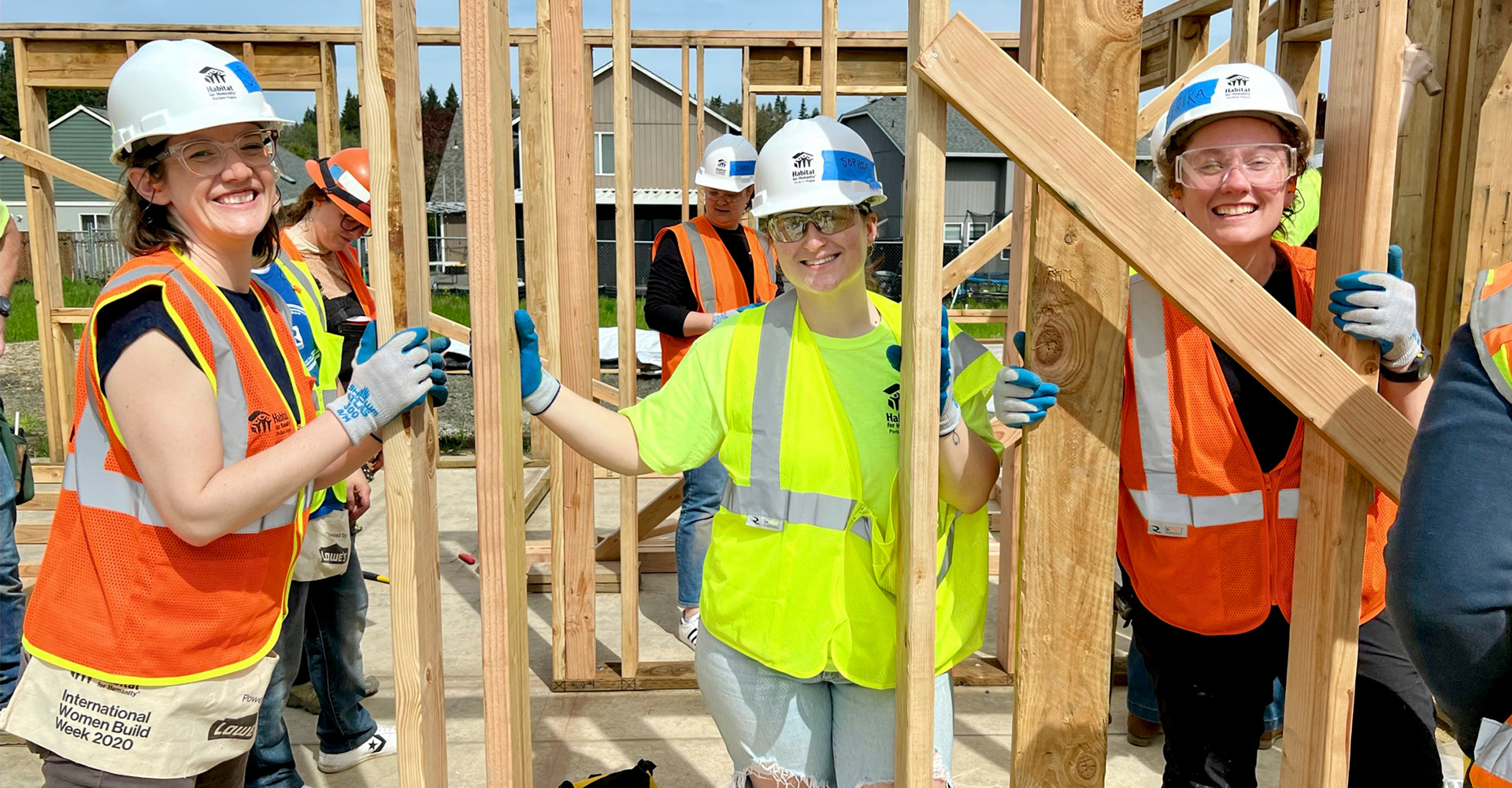
Homeownership brought many changes to Isaura Ascensio’s life, but one of the most significant was the impact it had on her young son, Uriel.
Uriel was in grade school when they moved into their Habitat home, and Isaura said the new environment was soon evident in her son’s schoolwork.
“After I became a homeowner,” Isaura said, “it was this feeling of belonging to a community that really showed up as better school grades for my son, improvement across all of his subjects in school, more friendships, and a lot of that comes down to creating community and having a place to really establish roots, and homeownership comes into play so strongly.”
Isaura returned to school herself, completing her coursework from Portland State University’s Center for Executive and Professional Education.
Uriel and Isaura’s experience is true for many kids across the United States and reflects the results of numerous studies that have drawn a pathway between owning an affordable and stable home and experiencing positive educational outcomes.
Children who grow up in poor-quality or inadequate housing, which can include structural hazards, water leakage, rodents, and overcrowding, experience higher symptoms of depression, anxiety, and aggression from elementary school through young adulthood compared to children in higher quality housing. The situation is further aggravated by a lack of privacy, loud study environments, and sleep disturbances.
High rents and poor living conditions can lead to frequent relocation and even evictions. Young children who move three or more times before preschool face the most severe negative consequences to their cognitive, emotional, and behavioral development:
- Elementary-aged children who experience housing instability tend to score lower on reading and math tests
- Falling behind in elementary school can hinder a student’s success in middle school.
- Adolescents who experience frequent and unplanned moves are more likely to have social and behavioral issues that impact their academic achievement and educational attainment.
- This impact is amplified within Black and Hispanic/Latine populations, who are twice as likely to live in substandard housing as White populations.
Stable, adequate, and affordable housing contributes to better educational outcomes for children of all ages. In fact, more than 90 percent of children living in Habitat homes in Oregon graduate from high school. And homeownership also helps stabilize finances long term, opening opportunities to invest in continued education beyond high school.
Habitat is committed to providing stable, affordable, and adequate homes for families and individuals. In addition to building high-quality homes, we make sure mortgage payments consume no more than 30% to 34% of a homeowner’s income by offering affordable financial packages.
We work with people to make homeownership sustainable by providing flexible mortgage and restructuring options and other financial support for homeowners.
With your support, Habitat is framing a future where all children can thrive in school and reach their full potential, supported by a safe, stable, and healthy environment, just like the one Isaura and Uriel now have.
Read more in this series:
Frame a future with safe, healthy homes for all
Frame a future where everyone can reach financial stability
Frame a future where inclusive communities thrive
Learn more about the connection between safe, affordable homes and education, along with other issues such as health, building equity, and community engagement, here.

Join our Frame a Future campaign to help build a future where affordable homeownership is possible, creating brighter futures for our neighbors and stronger communities for generations to come.


